INTERNATIONAL RELATIONS
INTERNATIONAL RELATIONS
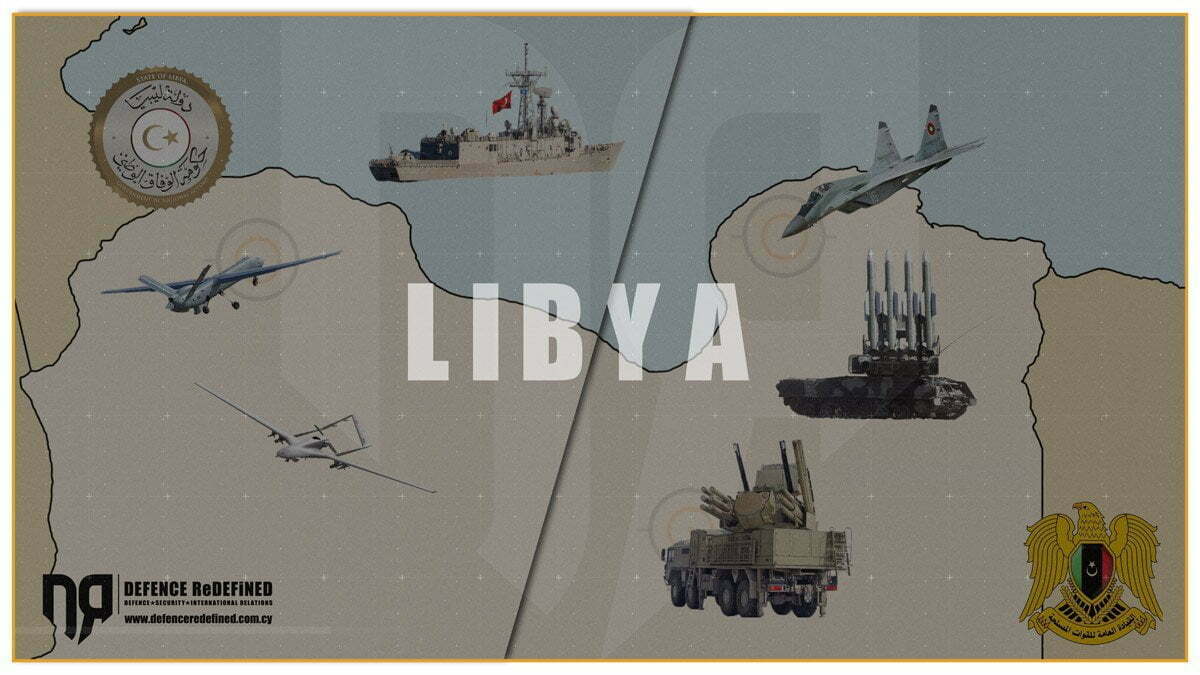
The theater of operations in Libya is being moved to the coastal city of Sirte and the city of Al-Jufra, where the two warring parties, the Government of National Accord (GNA) and the National Libyan Army (LNA), of the self-proclaimed General Khalifa Haftar, are concentrating their forces.
Navigate on the interactive map by clicking on the icons for more information. In red, areas controlled by LNA, in green, areas controlled by GNA
As everything shows, a tough battle will be fought in these two areas, since both points are of the highest strategic importance. The two central Libyan cities are key to controlling huge natural oil fields and the entire Libya.
The LNA forces, which control the two cities, are being called upon to defend them after the devastating defeats in Western Libya that led to the collapse of the entire western front.
In contrast, GNA-backed Turkish forces, wanting to take advantage of the LNA’s erratic retreat, will try to take control of the two cities, which will pave the way for control of the entire country.
Last week, GNA forces attempted to enter Sirte, but the LNA air superiority inflicted heavy casualties on Tripoli government forces, causing them to retreat 90 kilometers west of Syrte. Also, unconfirmed reports (by international media) say that the LNA recently hit a convoy of GNA forces with MiG-29 aircraft on June 6. These aircraft had arrived in Libya on 19 of May provoking the reaction of the United States through announcements on social media regarding thoughts of limiting Russian influence in the long-suffering country.
LNA’s Russian Mig-29 fighter on Sirte skies.
If GNA wants to capture Sirte city, they must gain air superiority again. Especially now, due to having to deal with LNA’s full force in addition to the Russian Wagner Mercenaries defending Sirte. #Libya #ليبيا pic.twitter.com/hlQ2CNeUSf— MiddleEastWatch (@MiddleEastWatc1) June 15, 2020
Read also: Libya | The LNA is retreating, complete occupation of Tripoli by the GNA
With the support and guidance of Turkey, GNA forces, according to information transmitted by Al Jazeera, claim that they have developed anti-aircraft defence systems (reports on MIM-23 Hawk anti-aircraft systems) and are working to develop their air capabilities in central Libya.
So far, the LNA maintains air superiority in central Libya on the outskirts of the cities of Sirte and al-Jufra, which, as mentioned above, are key to controlling huge oil reserves, as you will see in our interactive map. In addition, it has Pantsir S1E and Buk (M1-2 or M2) air defence systems.
In the diplomatic field, the cancellation of the visit of the two Russian ministers Lavrov (Foreign Affairs) and Soygu (Defence) in Istanbul, proves that there are serious disagreements.
According to journalist Maria Zaharaki, in an article on Ethnos.gr, the Turkish pro-government newspaper “Yeni Safak” leaked that the reason for the disagreement arose on Saturday, when the Russian delegation arrived in Istanbul and presented Moscow’s proposals for the truce to the government. Russia’s proposal for a truce, however, was considered unacceptable by Turkey. In addition, the Turks believe that the Russians submitted the same proposal as that of the Cairo Declaration, which supported Haftar.
It is recalled that Egypt’s mediation proposal on June 6, 2020 was rejected by Turkey, which considers the Egyptian government hostile after the overthrow in 2013 of then-Egyptian President Mohamed Morsi and the takeover of power by Abdel Fattah al-Sih.
Read also: Libya | Recapture of territories, the BUK systems and ceasefire – Interactive map
However, according to analyst Giannis Ioannou of Geopoliticalcyprus.org, the fall of LNA, which brought eastern Libya back to the pre-April 4, 2019 status (long before the Turkish-Libyan memorandum and the dynamic Turkish intervention), may become a valuable diplomatic tool for Egypt in order to reach one of the three directions:
- A short-lived LNA-GNA coexistence, without Haftar, in the context of a dialogue that could gradually lead to a softening of the dividing lines of 2016-2019, to parallel “state” structures or to reconciliation from which a GNA 2.0 would emerge.
- An international diplomatic operation with a multinational force in Libya in order for the ceasefire in practice to be observed and for the country to gradually enter a post-conflict situation, and
- The continuing conflict and fragmentation that would inevitably cause further destabilizing in the region.
Apart from the above, there are strong disagreements within the two warring parties.
Haftar is trying to reorganize his forces after the negative results of the last few weeks, as well as the problematic, as reported by sources, relationship with the “mercenaries” of Wagner. The latter are said to remain in Libya and specifically in Syrte.
As for the government of National Accord, disagreements arose between Saratz and Deputy Prime Minister Abdulsalam Kajmaan, who called on Libyan authorities to disregard all government decisions and orders, exposing it to financial and administrative irregularities.
The next few days are reserved for developments and the DEFENCE ReDEFiNED team will inform you objectively and in a timely manner about them.
Ukraine | Increase in defence spending by 367 million euros for the acquisition of drones
Kiev is increasing spending by 15.5 billion hryvnias (367 million euros) to bolster Ukraine’s armed forces with drones, according to…
Russia | Cluster bombs hit residential area in Odessa
Images from Russia’s strike in the heart of Odessa, which hit the so-called “Harry Potter Castle”, a former politician’s mansion now…
France | Industries prioritize orders of anti-aircraft missiles
The Armed Forces Ministry of France has instructed industries involved in the production of Aster anti-aircraft and anti-ballistic…
Hellenic Entrepreneurs Association | Ideas & Positions for the Promotion of Greek Entrepreneurship
The members of the Hellenic Entrepreneurs Association (E.E.N.E.) participated in a roundtable discussion entitled “Ideas, Positions…
Ukraine | Increase in defence spending by 367 million euros for the acquisition of drones
Kiev is increasing spending by 15.5 billion hryvnias (367 million euros) to bolster Ukraine’s armed forces with drones, according to…
HMoND | The legislative initiative for HCDI is under consultation
The legislative initiative of the Ministry of National Defence, under the title: “Establishment of the Hellenic Center for Defence…
Russia | Cluster bombs hit residential area in Odessa
Images from Russia’s strike in the heart of Odessa, which hit the so-called “Harry Potter Castle”, a former politician’s mansion now…
France | Industries prioritize orders of anti-aircraft missiles
The Armed Forces Ministry of France has instructed industries involved in the production of Aster anti-aircraft and anti-ballistic…
Ecuador | Appeals to International Court of Justice denouncing Mexico
Ecuadorian police stormed the Mexican embassy hours after the Mexican government granted former Vice President…





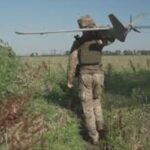


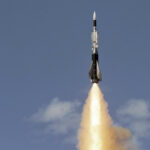

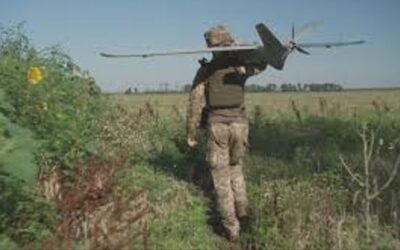

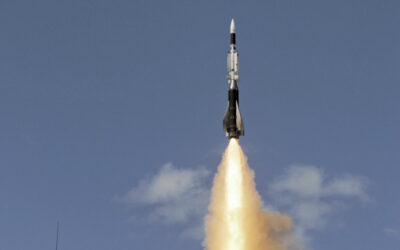



0 Comments